Some days are better than others....
Cloudy but dry.
Where to start on a day like this?
A couple of Ichneumonids on Angelica seems as good a place as any. The specimen on the left is a female Lissonota sp., whilst the specimen on the right is a female Ichneumon sp.
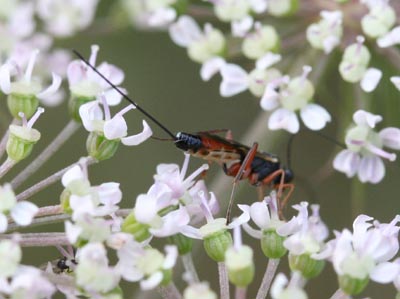
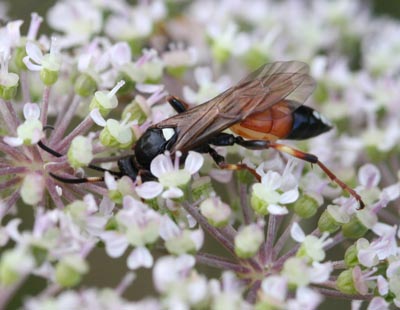
A very fine, large, male Ichneumonid. I noticed that the close-up shows the three subsidiary eyes - the ocelli - very well.


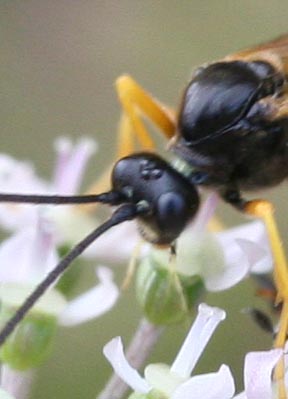
A nice set of comparative shots:
The upper pair are of Eristalis arbustorum. Note the very fine dark stripe on the face and the double triangle on the abdomen.
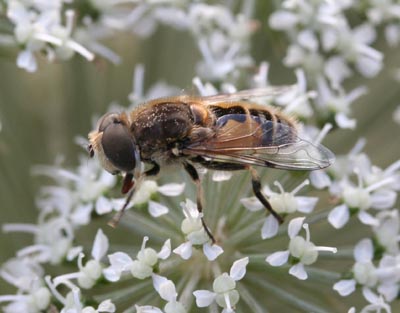
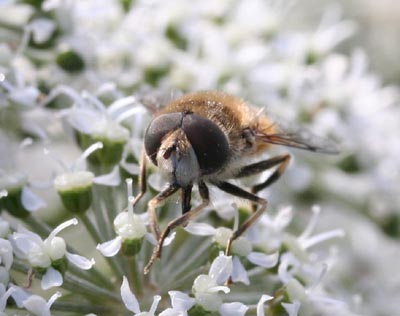
And the next pair are of Eristalis interruptus.
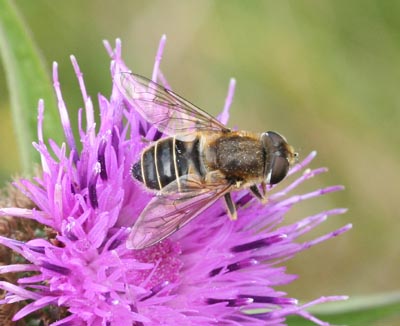
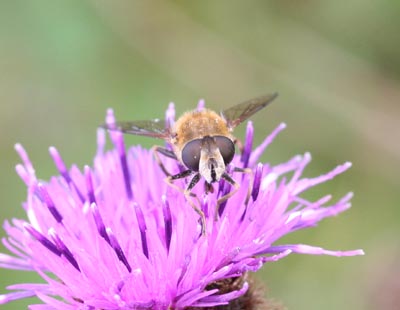
I noticed that a few ichneumonids were examining Hardheads, so decided to sit still for a while. I was rewarded when this female Macrocentrus sp. decided to lay her eggs. I've managed to capture the entire sequence of the egg-laying process, from fully extended to fully compressed. Note that her abdomen appears to hinge at a completely unexpected place.

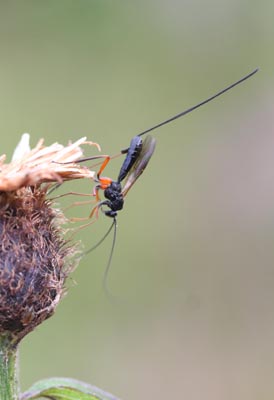

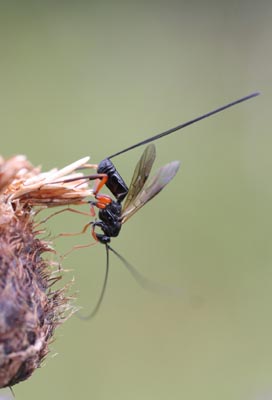
And this last image is of an entirely different species of ichneumonid, presumably after the same target.
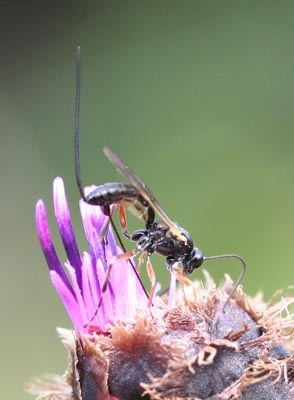
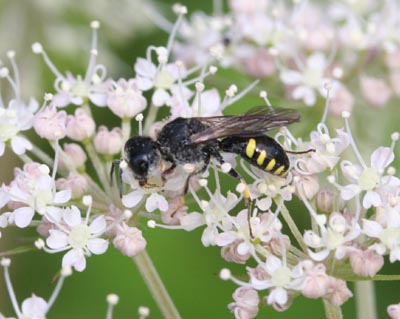
An Ectemnius (hoverfly-killing) wasp.
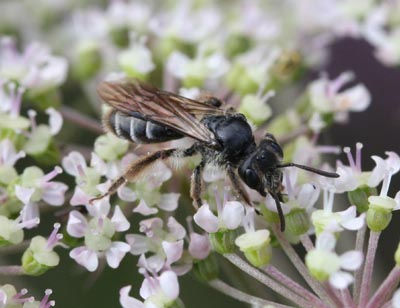
It takes microscopic analysis to get these little (10mm) solitary bees to family, never mind species. The fact that the abdominal hairs are on the trailing edge of the tergites indicates that this is Halictus sp.
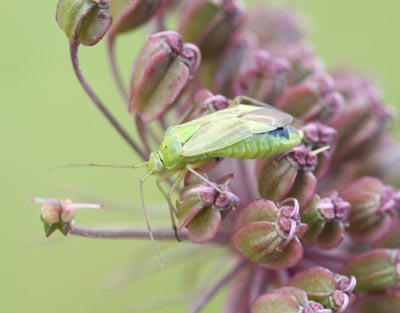
A green and black adult bug on one of the more purple specimens of Angelica.
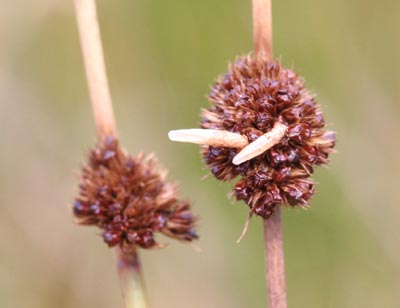
The larvae of the rush micromoth Coleophora alticolella appear to be a bit less numerous this year.
A pair of Tenthredo sp. sawflies. The female (left) is eating some kind of insect. I wonder if the male gave it as a courting present.
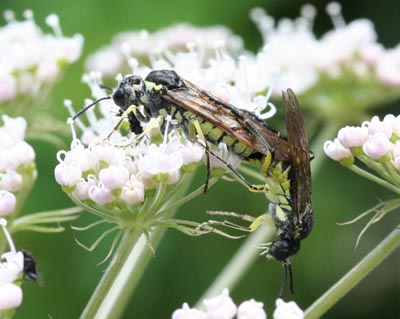
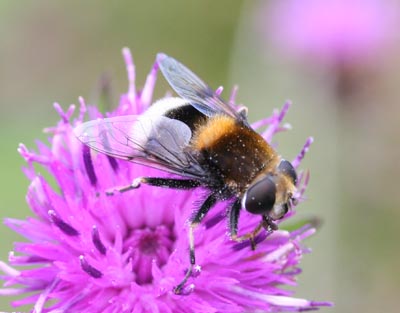
The hoverfly Eristalis intricarius is a fine Bumblebee mimic. Note that the yellow 'band' isn't actually a band, just a wide, yellow scutellum.